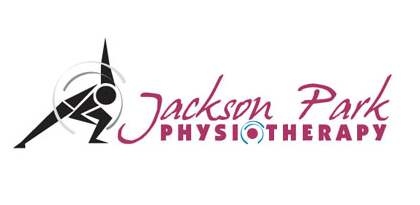
Biomechanics Of Running: Preventing Injury By Correcting The Correctable
Running: Injury Prevention
Writen by: Kevin Keough, PT (Owner – Jackson Park Physiotherapy)
Well, it’s that time of year again when I take my running to the great outdoors ready to embrace all the freedom that awaits, with lofty dreams of winning races or running through rolling fields with a smile on my face without a care in the world just like pictures in the running magazines. That’s what all runners feel, right?….RIGHT??
This is also, not coincidentally, the time of year when we see people coming into physiotherapy and sports medicine clinics with overtraining injuries, many of which can be prevented.
Running is one of the few activities that requires the body to absorb continuous repeated impact forces – several times body weight, and running-related injuries are a common presentation in any physiotherapy or sports medicine clinic.
There is a complicated and highly individual interaction between extrinsic (environmental) and intrinsic (personal) factors that may contribute to a running injury. Some of which we can change, some we can’t.
Research suggests that the biggest predictors of injury are the following two extrinsic factors:
- total volume of running undertaken;
- sudden changes in volume or intensity of running.
By contrast, research is equivocal when it comes to pinpointing specific biomechanical patterns (intrinsic factors) that cause injury. That said, it is probably safe to assume that, for a given amount of weekly running, an individual with an abnormal or inefficient running action is more likely to suffer injury than someone with good mechanics.
It is impossible to say, for instance, that all runners who over-pronate (tilt heavily inwards) at the foot will definitely suffer injury. Every runner will have their own threshold of tolerance to the stresses of running, and it will take a unique combination of factors to tip that runner’s body over the threshold and in to injury.
For those of you, like me, who weren’t blessed with an ideal runner’s body, aches and pains are just a part of being a runner and something we have to live with.
Not necessarily.
Just look at that picture up there. No two of those people will have the same running pattern. So, while there is no “ideal” running pattern, working with a professional can help identify and correct some of the intrinsic factors specific to you, and give advice on extrinsic factors minimizing potential for injury.
Any questions, email me at kevin.jacksonparkphysio@cogeco.net or visit us at jacksonparkphysio.ca

